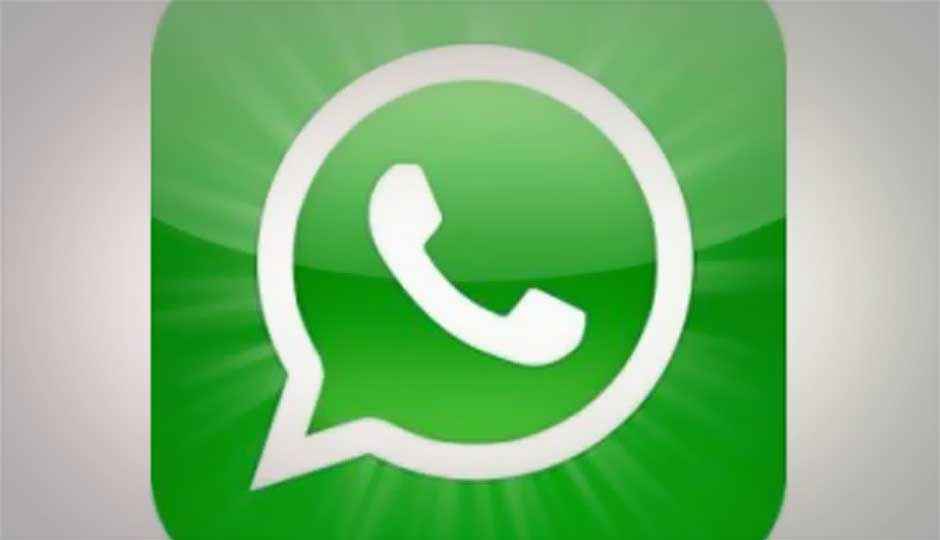Chat apps message volume go past traditional SMS: Study
A study by Informa says Over The Top (OTT) messaging traffic will be twice the volume of Person 2 Person (P2P) SMS traffic by 2013-end.

With the growing popularity of smartphones and free messaging apps such as WhatsApp, BBM and Nimbuzz, traditional Short Messaging Service (SMS) is no longer the most preferred messaging tool. A new study conducted by research firm Informa confirms the changing trend, stating that now for the first time chatting apps have gone past SMS. By end-2013, the Over The Top (OTT) messaging traffic will be twice the volume of Person 2 Person (P2P) SMS traffic, adds the study.
 Survey
SurveyAccording to the study, the six of the most popular mobile chat apps WhatsApp, BlackBerry Messenger, Viber, Nimbuzz, Apple’s iMessage, and KakaoTalk, averaged about 19 billion messages sent and received globally each day in 2012, compared with 17.6 billion SMS messages were sent each day in 2012.
The study further says the next year will see about 50 billion messages sent over the mobile apps, as compared to 21 billion text messages.
The change in the trend is likely to hurt the mobile operators the most, as the SMSes have been a key revenue source. Pamela Clark-Dickson of Informa revealed some operators were already “seeing a decline in their messaging revenues”.
Despite the massive growth of the free messagings apps, experts haven’t given up hopes on the SMSes . “There is a lot of life still in SMS,” said Clark-Dickson of Informa.
Informa forecasts that global SMS revenues and traffic will continue to increase through 2016, for three main reasons: The adoption and use of OTT-messaging apps is far from universal; although there are multiple OTT-messaging “communities” within which mobile users can message each other for free, OTT-messaging users typically use SMS when communicating with non-OTT users; and SMS is starting to hit its stride in the enterprise mobile messaging market.
According to her, most users of the messaging apps are those who own smartphone, while there’s a huge number of customers, particularly in emerging and less developed economies, who are using basic mobiles phones and prefer SMS as the messaging tool.
She explained that most of the chat apps were used by consumers who own smartphones. However, she said, there are a large number of consumers, especially in emerging and lesser developed economies, who use normal mobile phones and rely on SMS as the preferred messaging tool.
“They don’t have mobile data plans, so there is an awfully big base of mobile phone users who are going to still find that SMS is the best messaging experience for them for a while,” she added.
Source: Deccan Herald, CNET